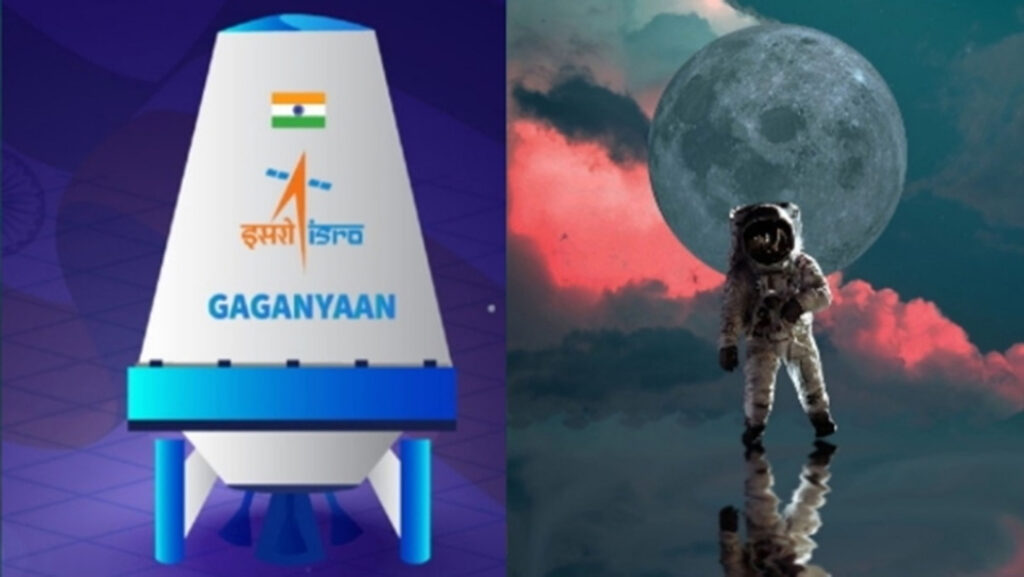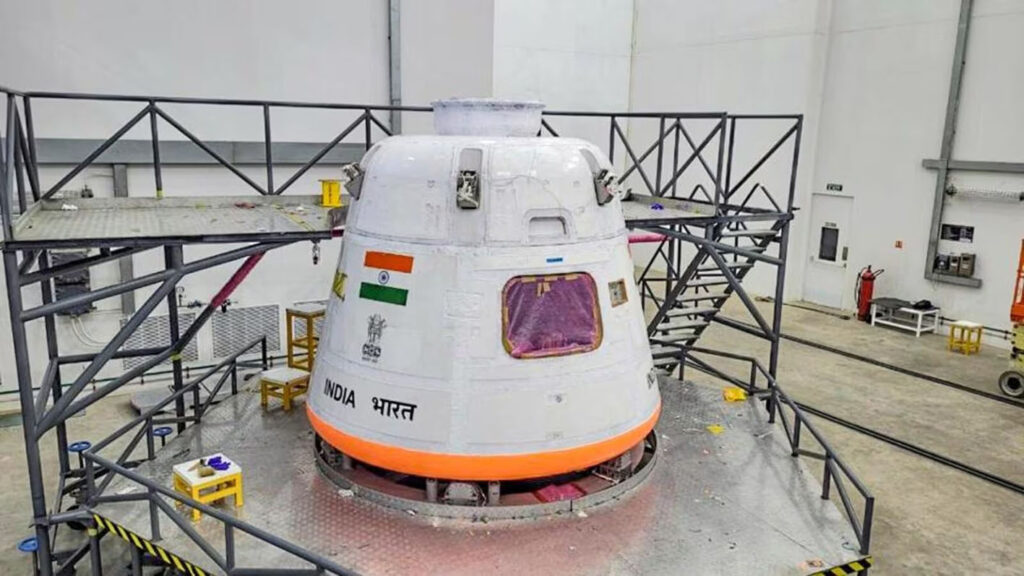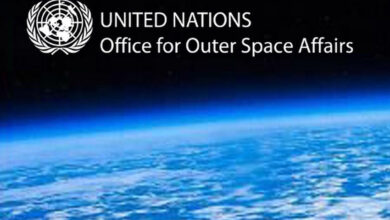India to conduct key test for its Ambitious Gaanyaan Mission on October 21
By R. Anil Kumar
- The test is to be conducted at Satish Dhawan Space Centre in Sriharikota
- Indian Navy personnel have already started mock operations to recover the module
- The final mission, expected to take place next year, is the first of its kind for the country and will cost about 90.23 billion Indian rupees ($1.08 billion)
Bangalore, October 11. India will conduct a key test in its ambitious space mission Gaganyaan on Oct. 21, launching an empty module into outer space and bringing it back to earth, according to a statement from India’s Space Agency Report.

The final mission, expected to take place next year, is the first of its kind for the country and will cost about 90.23 billion Indian rupees ($1.08 billion).
It will involve launching a human-habitable space capsule with a crew of three to an orbit of 400 km (250 miles) before bringing them safely back to land in Indian waters.
ISRO will also test the efficacy of the crew escape system, which is the crucial part of Gaganyaan mission, resulting in unmanned and manned missions to outer space by 2024.
The test is to be conducted at Satish Dhawan Space Centre in Sriharikota.
Crew module will carry the astronauts during the Gaganyaan mission to outer space.

The test involves launching a crew module to outer space and bringing it back to Earth and recovering it after touchdown in the Bay of Bengal.
Indian Navy personnel have already started mock operations to recover the module.
The success of this test will set the stage for the first unmanned Gaganyaan mission and ultimately manned mission to outer space in low Earth orbit. Before the ultimate manned Gaganyaan mission, there will be a test flight next year, which will carry Vyommitra, the female robot astronaut.
The Gaganyaan project envisages to demonstrate human spaceflight capability by launching a crew of three members to an orbit of 400km for a three-day mission and bringing them back safely.
“The prerequisites for Gaganyaan mission include development of many critical technologies including human rated launch vehicle for carrying crew safely to space, life support system to provide an earth like environment to crew in space, crew emergency escape provision and evolving crew management aspects for training, recovery and rehabilitation of crew,” ISRO said in its mission document.
The space agency said that the mission also plans to demonstrate the technology preparedness levels before carrying out the final human space flight mission.
These demonstrator missions include integrated air drop test (IADT), pad abort test (PAT) and test vehicle (TV) flights. Safety and reliability of all systems will be proven in unmanned missions preceding manned mission, ISRO said.
ISRO said in an update last week the first development flight, TV-D1, is in the final stages of preparation. The test vehicle is a single-stage liquid rocket developed for this abort mission. The payloads consist of the Crew Module (CM) and Crew Escape Systems (CES) with their fast-acting solid motors, along with CM fairing (CMF) and Interface Adapters. “This flight will simulate the abort condition during the ascent trajectory corresponding to a Mach number of 1.2 encountered in the Gaganyaan mission.
CES with CM will be separated from the Test Vehicle at an altitude of about 17 km. Subsequently, the abort sequence will be executed autonomously commencing with the separation of CES and deployment of the series of parachutes, finally culminating in the safe touchdown of CM in the sea, about 10 km from the coast of Sriharikota,” the space agency said.





